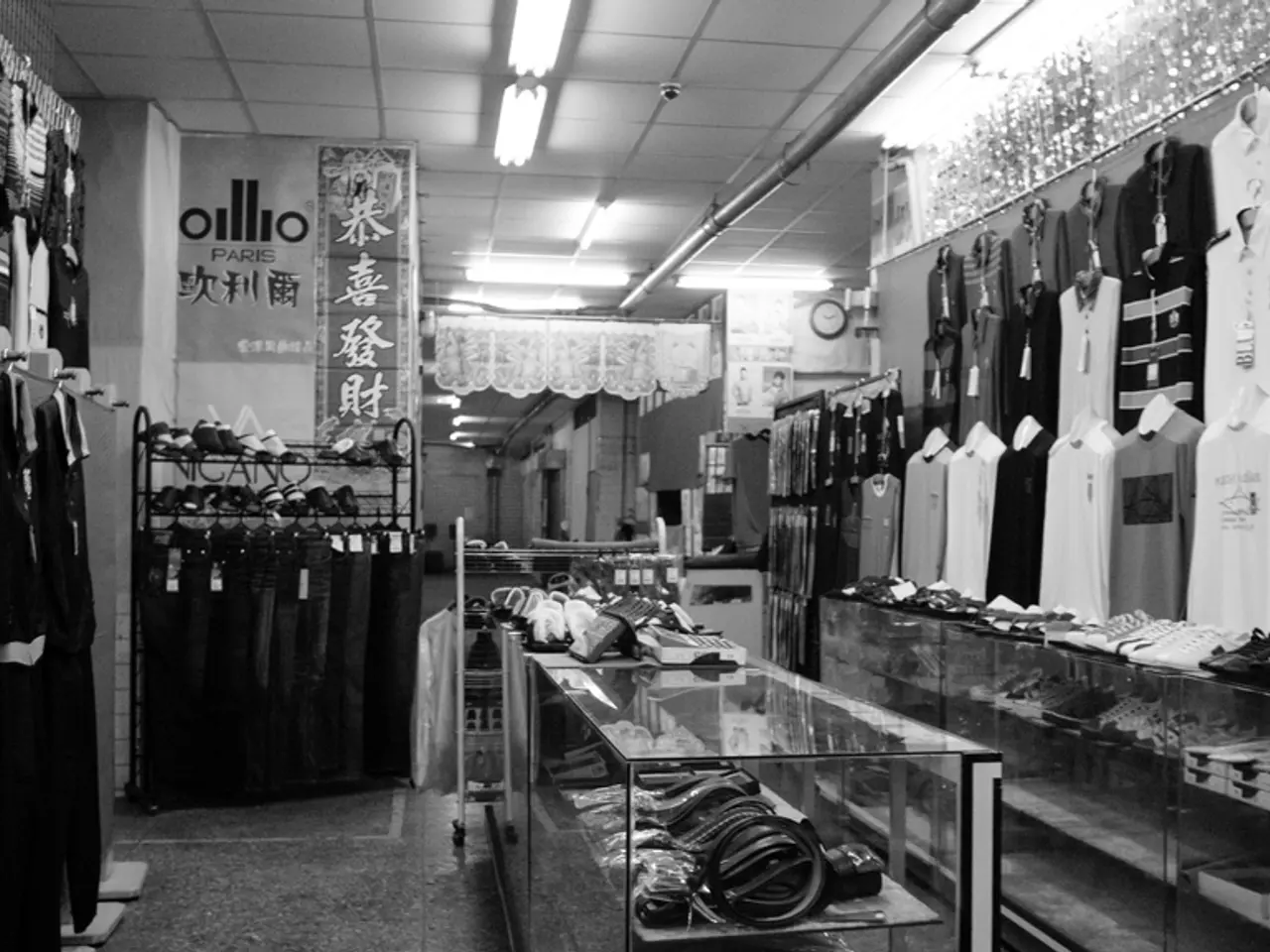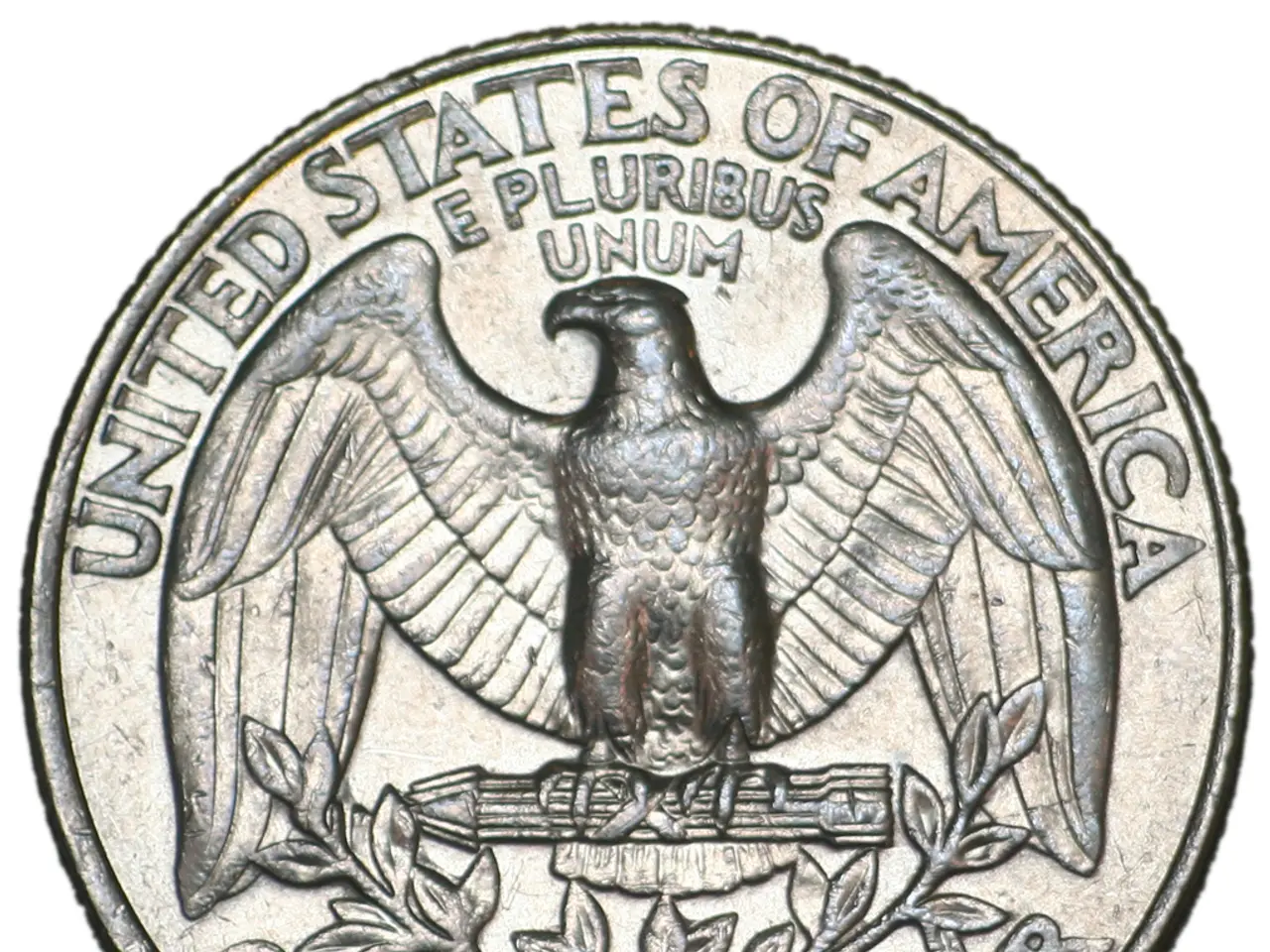Future of Fashion: Bravest Trends in Style and Eco-Friendliness – 2024 Forecast
In 2024, the fashion industry is undergoing a significant transformation, with a growing emphasis on innovation, sustainability, and ethical practices. This shift is evident in various trends that are reshaping the fashion landscape.
One of the most exciting developments is the rise of virtual clothing, as the fashion world adapts to the growing metaverse. Digital style is becoming increasingly popular, with demand for stylish and exclusive virtual garments growing rapidly. Companies like DressX, The Fabricant, and Balenciaga are experimenting with digital-only collections, sold as NFTs or in-game assets.
Augmented reality (AR) technology is also changing the retail experience, allowing customers to virtually try on clothes before purchasing. This not only enhances the shopping experience but also reduces the need for returns, contributing to waste reduction in the fashion industry.
The focus on sustainability extends to the materials used. Mushroom leather, algae, pineapple fibres, and other bio-based fabrics are being used in high-fashion collections as eco-friendly alternatives to traditional textiles. These materials offer a natural, innovative solution to the textile industry's environmental impact and are expected to become more mainstream in 2024.
Smart fabrics, which can respond to environmental changes, adjust to body temperature, and monitor health metrics, are making their way from the lab to the runway. These fabrics offer performance benefits, durability, and enhanced sustainability, contributing to longer garment life and reduced environmental footprint.
Circular fashion is another key trend, focusing on creating garments designed for reuse, repair, and recycling. Upcycling, transforming old garments into high-fashion, one-of-a-kind pieces, is a key component of the circular fashion revolution. This approach not only reduces waste but also offers unique, sustainable style choices.
Many fashion brands are also blending style with activism, using their platforms to advocate for causes such as environmental protection, racial equality, and gender inclusivity. Ethical production is a top priority for these brands, with companies embracing transparency and eco-friendly certifications.
The focus on ethical production extends to the use of natural and sustainable fibres, water conservation, and reducing carbon footprints throughout the manufacturing process. Brands are investing in regenerative farming practices that restore soil health and reduce greenhouse emissions, sourcing resilient natural fibres like organic cotton, wool, and hemp.
In conclusion, the future of fashion in 2024 is one that embraces both creativity and sustainability. Trends like circular fashion, futuristic fabrics, digital style, and ethical production are leading the way, positioning sustainable fashion as not just an ethical choice but also a new form of luxury. The fashion industry is prioritising innovation and sustainability, making a statement with clothing choices, and promoting social change. This shift towards a holistic, responsible fashion ecosystem is a positive step towards a more sustainable future.
In this transformation of the fashion industry, eco-friendly materials like mushroom leather, algae, pineapple fibers, and other bio-based fabrics are being used to create stylish and sustainable high-fashion collections, embodied by the circular fashion trend that focuses on garments designed for reuse, repair, and recycling.
Furthermore, the rise of technology in fashion is evident in the growing popularity of virtual clothing, augmented reality (AR) technology, and smart fabrics, all of which are contributing to a more sustainable fashion lifestyle by reducing waste, enhancing shopping experiences, and offering innovative solutions to the industry's environmental impact.
These advancements in technology and materials not only support sustainability but also position sustainable fashion as a new form of luxury, merging creativity with social responsibility and redefining the fashion-and-beauty landscape for 2024 and beyond.




